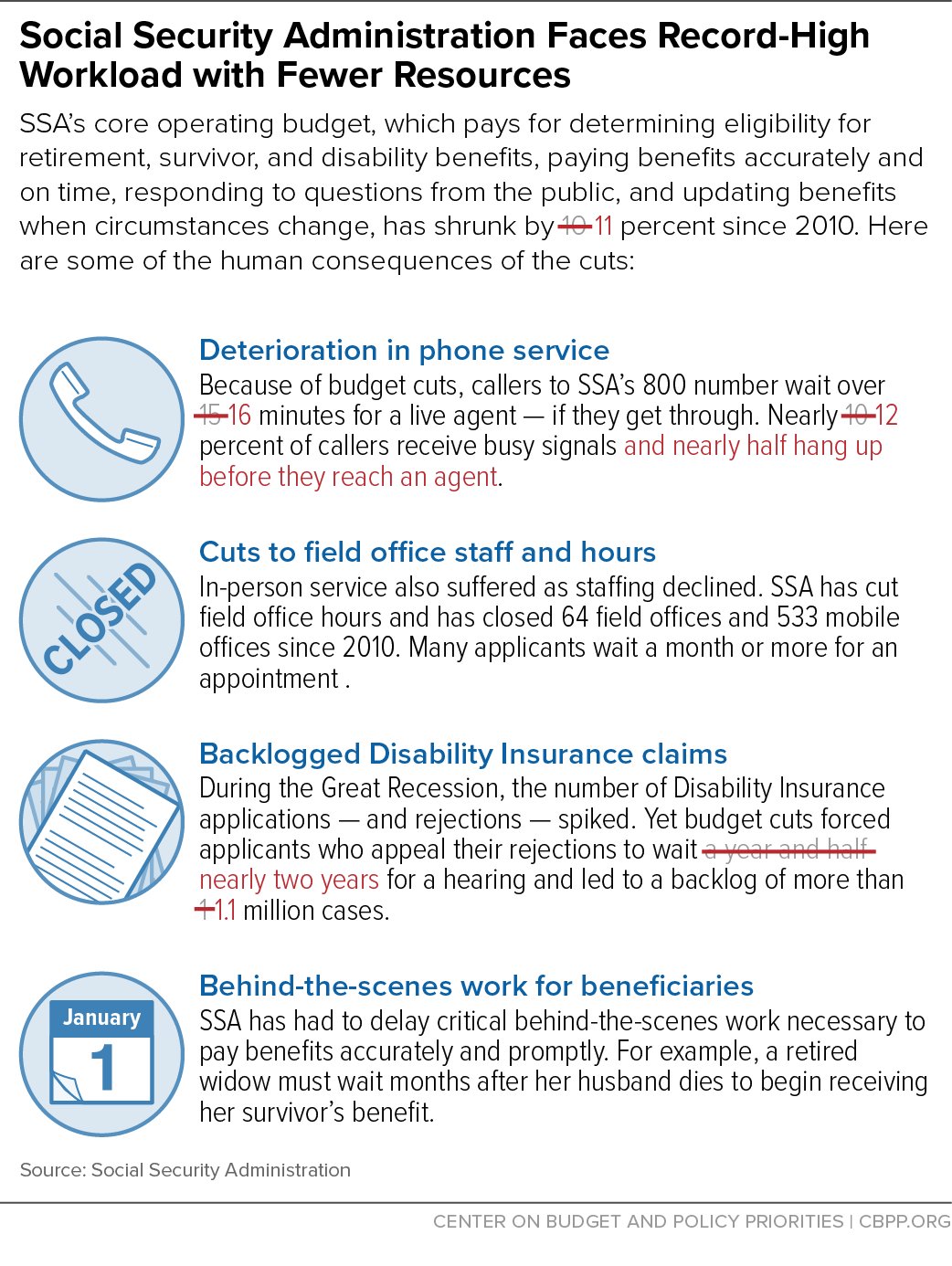The National Association of Disability Examiners (NADE), an organization of the personnel who make initial and reconsideration determinations on Social Security disability claims, has issued its most recent newsletter. Here's some tidbits from a summary of remarks made by Deborah Harkin, Senior Advisor in Social Security's Office of Disability Policy (ODP), at a NADE conference:
ODP explored many factors while updating the musculoskeletal listings to ensure the new listings adequately addressed the needs of the disability program and disability adjudicators. Among those factors were: Requirements for objective/diagnostic imaging criterion for a disorder of the spine resulting in nerve root compromise; How to assess adults who have had unsuccessful back surgeries; Adult and childhood listings for pathologic fractures; and New childhood listings for musculoskeletal developmental delays in infants from birth to age 3 ...
When complete, OIS [Occupational Information System, being developed by the Department of Labor for Social Security to replace the Dictionary of Occupational Titles] :The problem with having fewer than 1,000 occupations in your OIS is that many, perhaps most, of the occupations described would actually be composites, covering disparate jobs performed in significantly different ways. Doing this makes makes the data presentation muddy. Many of the occupations will be done at the sedentary, light and medium exertional levels as well as at the skilled, semi-skilled and unskilled levels, depending upon how it's done at the exact employer. You can use such such muddy data to justify anything you want to justify. I fear that the ability to justify any desired result is exactly the point for Social Security. The agency can say that there are some jobs in a broad category that are performed at the sedentary level and that there are some jobs in that same broad category that are performed at the unskilled level without having to show that they are the same job. The "basic mental and cognitive work requirements" would be the least that is required by any employer rather than what is normally required by an employer. Instead of the horribly outdated DOT, we'd have a synthetic OIS that would give "answers" for which there would be no real world proof. Real people would be denied disability benefits based upon a "let them eat cake" OIS.
- Will contain fewer than 1,000 occupations
- Will utilize the O*NET - Standard Occupational Classification (SOC)
- Will code occupations’ strength and skill requirements like the DOT but also include detailed information
- For manipulative requirements, will specify whether one or two hands are needed; reaching will include above shoulder level vs. at or below; and will include alternating sit/stand
- Will eventually include descriptors of the basic mental and cognitive work requirements. ...

